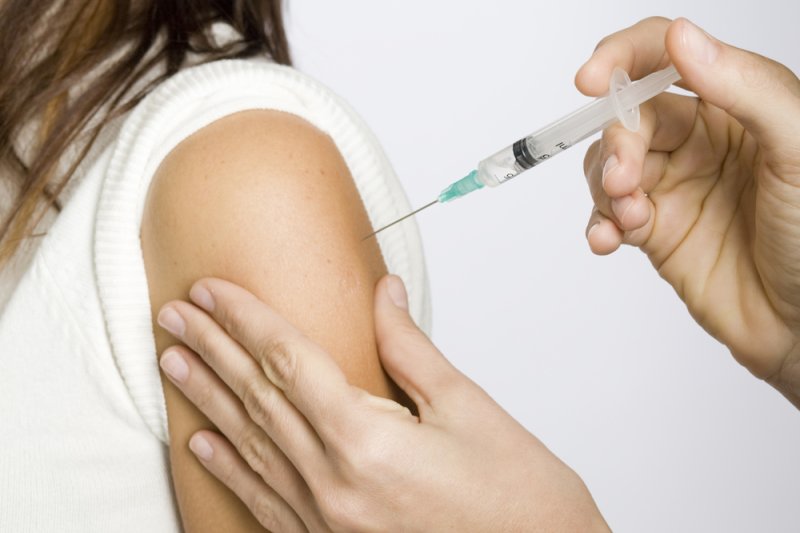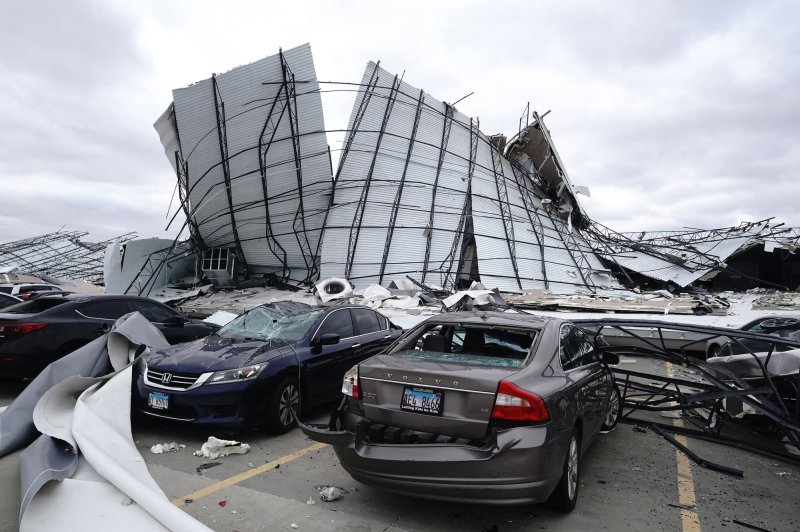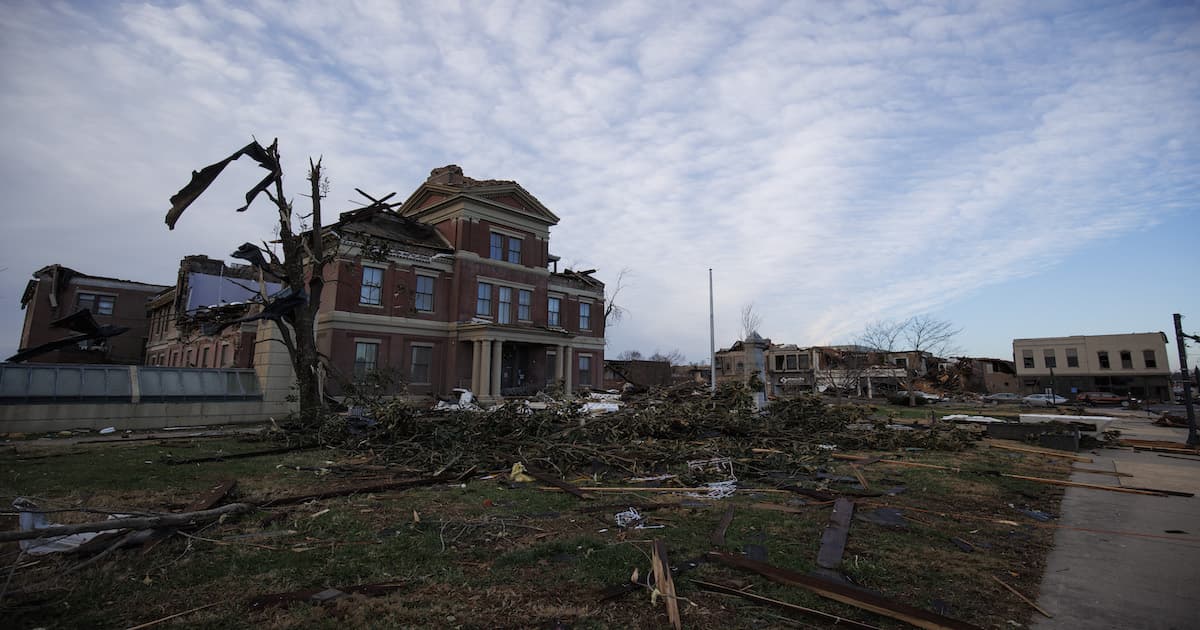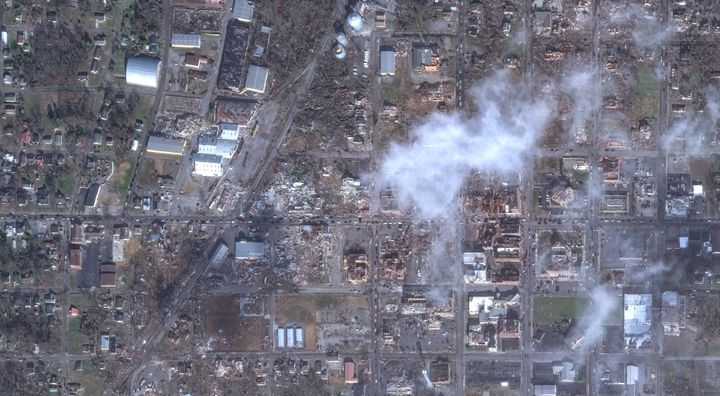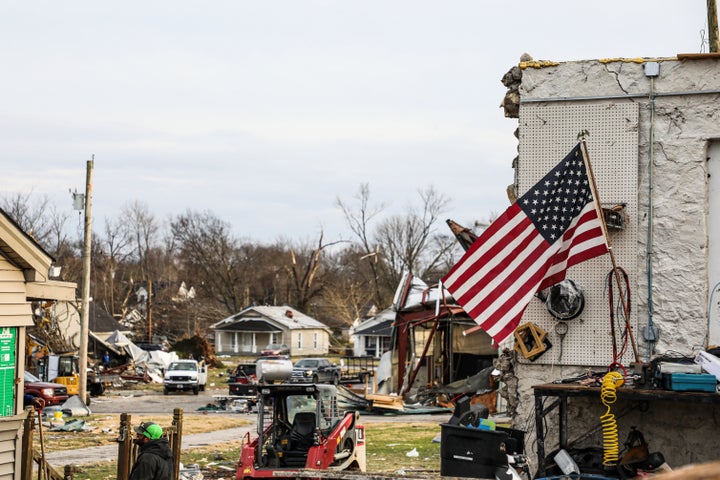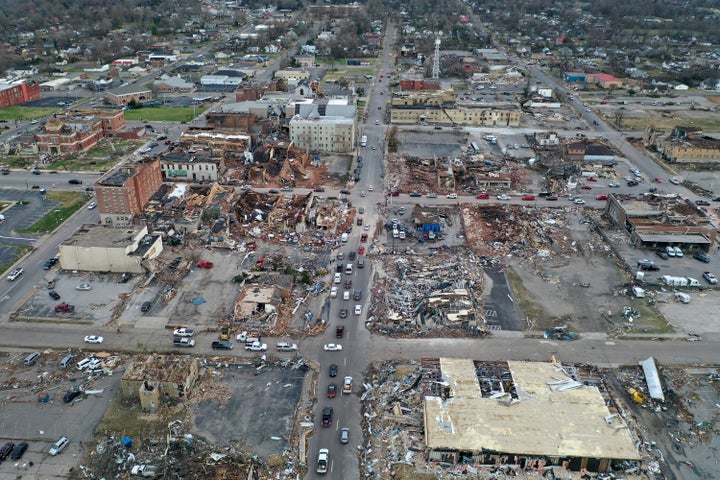Science of vaccines, cancer, nutrition, evolution

POSTED ON2021-12-12 BY THE ORIGINAL SKEPTICAL RAPTOR
There are so many quacks coming out of the woodwork to push pseudoscience about mRNA vaccines – now, Dr. Doug Corrigan, Ph.D., uses science pseudoscience to “prove” that the mRNA vaccines for COVID-19 are going to mess with your DNA. He’s wrong and let’s tell you why.
COVID-19 vaccine facts and myths – UPDATED info about the new vaccines
Contents [hide]
1 What are mRNA vaccines?
2 Will the mRNA vaccine change my DNA?
3 What is Doug Corrigan claiming?
4 Summary
4.1 Related
What are mRNA vaccines?
I’ve written this several times with regards to both the Pfizer and Modern mRNA vaccines, but it bears repeating, because a lot of people may come to this article for the first time.
The Pfizer and Moderna Therapeutics COVID-19 vaccines are mRNA vaccines that rely upon an mRNA, or messenger RNA, molecule to induce an immune response. However, it does not do this directly.
Normally, during the process called transcription, RNA polymerase makes a copy of a gene from its DNA to mRNA as signaled by the cell. In other words, the mRNA sequences in the cell usually correspond directly to the DNA sequences in our genes. These mRNA sequences “carry” that genetic message to a ribosome for translation, where tRNA triplets, which code for one amino acid, attach to the appropriate mRNA triplet, adding one amino acid to the protein chain.
As in DNA, genetic information in mRNA is contained in the sequence of nucleotides, which are arranged into codons consisting of three ribonucleotides each. Each codon codes for a specific amino acid, except the stop codons, which terminate protein synthesis.
At this point, note that the mRNA does nothing to the DNA strand in your genes – it merely reads the sequence.
Yes, that’s a lot of cell biology, though I took years of courses in cell biology, so trust me when I say I barely touched the surface. If you want to take a deep dive into the science of mRNA and mRNA vaccines, my friend Edward Nirenberg wrote two articles that will satisfy your desires – they really make it clear how this all works and doesn’t work.
However, here’s a basic video that shows how this works.
Alan McHughen, in his outstanding book, “DNA Demystified: Unraveling the Double Helix,” describes how mRNA works:
When an mRNA strand exits the nucleus and enters the cytoplasm, it attaches to ribosomes, and this is where protein synthesis progresses. The ribosome reads the base sequence of the mRNA, three bases at a time. Each three-base triplet, called a codon, specifies a particular amino acid, except for a few with regulatory functions (e.g., UGA =“Stop!”).
If the first three-base codon is AUG, then a molecule of the amino acid methionine is brought into place. If the next triplet is AAA, that brings in the amino acid lysine. The methionine and lysine molecules are attached together. The next triplet is, say, GCC, and that brings in alanine, which is attached to the lysine. The ribosome has read nine bases, AUGAAAGCC, and compiled a short chain of three amino acids, abbreviated Met-Lys-Ala, or MKA (see amino acid abbreviations here).
The ribosome continues reading all of the mRNA bases until it hits a stop signal—which is also a triplet codon such as UGA—and the now long chain of amino acids falls loose. This chain may be a functional protein immediately, or, more usually, it might undergo some additional post-translational processing by enzymes to become active.

Once the mRNA has created a number of the proteins (in this case, the S-protein), that mRNA molecule is then ripped apart by enzymes in the cell, so that the individual RNA nucleotides can go back to being reused in a whole new mRNA sequence. The cellular machinery of translating DNA into proteins is constantly recirculating itself.
The mRNA vaccine technology relies upon a specific mRNA sequence to kickstart the endogenous production of proteins that are structurally equivalent to the viral antigens. The mRNA sequences in the vaccine enter the cell (with a carrier protein), heads to the ribosomes to create the SARS-CoV-2 antigens. These antigens will depart the cell and will trigger the body’s adaptive immune system to produce antibodies effective against the actual target, in this case, the S-protein or spike on the SARS-CoV-2 virus.
One more thing – the antigens produced by these mRNA sequences are biologically inert. They will induce an immune response, but they will not cause any other biological effect including becoming pathogenic.
So, let’s summarize. The mRNA vaccines make use of the cell’s ribosome to create the S-protein of the SARS-CoV-2 virus. That antigen induces an adaptive immune system response that will “remember” that antigen allowing the immune system to quickly attack the virus if it shows up.
Someone used this analogy to describe how mRNA works. Let’s say you have a book that represents the genetic code (lots of people describe our genetic code as the official manual of our person). You then scan that book in a copy machine, and now you have a bunch of papers that are an image of the original book. The copy does not change the original book. It can’t.
And mRNA cannot change your DNA.

Will the mRNA vaccine change my DNA?
If you spent one minute reading the above section, you’d know that the answer is no.
You should have noticed that the mRNA molecule merely reads the DNA information and carries it to the ribosome. It does not change the DNA message in any way, it’s not how the whole process of translation works.
Furthermore, the mRNA from the mRNA vaccines don’t interact with your DNA in any way. They cause the ribosome to produce the S-protein antigen, and that’s it. Once precisely one copy of the molecule of S-protein is produced at the ribosome from one strand of mRNA from the vaccine, that mRNA strand is broken down into individual nucleotides to be reused by the cell. And in case you were wondering, RNA nucleotides are the same whether they’re manufactured by cells or in a test tube. They are molecularly exactly alike.

If mRNA could functionally change the DNA, it would open up a whole world of genetic medicine. We could fix all kinds of genetic diseases with this mechanism.
But that’s not how mRNA works, so we can’t.
There are actually other reasons why these mRNA vaccines are not going to affect your DNA:
Your cells’ genome (DNA) is contained within the nucleus of the cell, which is surrounded by a double-membrane. It allows for large molecules, such as mRNA which has read the DNA, to leave the nucleus, but blocks large molecules from entering it. So the S-protein mRNA from the vaccine will not enter the nucleus until it is broken down into individual nucleotides, at which point, they are exactly the same as all of the other nucleotides.
Even if the mRNA molecule could affect the DNA and even if it could get into the nucleus, there are all kinds of error correction machinery in our DNA to keep out random bits of code. With trillions of cells in each human, each containing billions of DNA base pairs, there are naturally a lot of errors that could kill a human if the quality control machinery of the DNA didn’t keep close watch over errors.
Similarly, this mRNA cannot get into the mitochondria (which have their own DNA) and cause damage to its DNA. Even though the mitochondrion lacks a cell nucleus, it does have its own ribosomes and genes, and they would react to the S-protein mRNA in the same ways as the cell – it would not change its DNA.
What is Doug Corrigan claiming?
First, we should ask who is Doug Corrigan? Well, he states that his educational background is:
I have a Ph.D. in Biochemistry and Molecular Biology, a master’s in Engineering Physics (concentration: Solid State Physics), and a bachelor’s in Engineering Physics (concentration: electrical engineering.)
Now those of you who know me understand that I don’t care about credentials. I could be a janitor, and as long as I use verified, reliable, and published evidence, that’s all you need. I discussed with Orac a few weeks ago, where he stated that he uses the Orac nom de blog because he wanted to make his points irrespective of his education and training as a surgical oncologist.
Doug Corrigan may have these advanced degrees, but we have examples of a Nobel Prize winner Linus Pauling who pushed the pseudoscience of vitamin C. Or a biochemistry professor at a respected university, Michael Behe, who denies evolution and pushes creationism.
Just because one has impressive credentials could mean they know what they’re writing about, or they’re pushing junk science. But I’m not convinced of Corrigan’s list of what he has done. A search of PubMed shows that Doug Corrigan has published zero articles – given what he claims about himself, I’m curious as to why zero peer-reviewed articles are published with him as an author. He doesn’t even have a third or fourth author article.
Generally, but not always, a Ph.D. candidate will publish at least one, but usually more, article based on their research. Some even publish parts of their Ph.D. thesis. But we’ve got nothing from Doug Corrigan, unless “Doug Corrigan” is a fake name and he published under another name!
One last thing – he seems to push some extremist religious nonsense about science including a claim that a god left his/her signature in science. Much of what he writes is right out of the creationist playbook.
Finally, Doug Corrigan is a fan of genocidal herd immunity, the one that avoids vaccines, but lets millions of people die. I get the impression that he is anti-vaccine, at least anti-coronavirus vaccine. And he pushes that “boost your immune system” quackery that I’ve thoroughly debunked in the past.
Enough with Doug Corrigan’s background. So what is he claiming about the mRNA vaccines?
Let’s just quote what he writes:
It is well known that RNA can be “reverse transcribed” into DNA. Residing in our cells are enzymes called “reverse transcriptases”. These enzymes convert RNA into DNA. Multiple sources for this class of enzymes exist within our cells. These reverse transcriptases are normally made by other viruses termed “retroviruses”. HIV is a retrovirus and so is Hepatitis B, but there are many other retroviruses that fall in this category. In addition to these external viruses, there are viruses that are hard-wired into our genomic DNA called endogenous retroviruses (ERVs). These ERVs harbor instructions to produce reverse transcriptase. In addition to ERVs, there are mobile genetic elements residing in our DNA called LTR-retrotransposons that also encode for reverse transcriptase enzymes. To top it all off, reverse transcriptase is naturally used by our cells to extend the telomeres at the end of chromosomes.
Corrigan is discussing one way that RNA could change genes, and that’s through an enzyme called reverse transcriptase, which generates complementary DNA (cDNA) from a viral RNA template. However, reverse transcriptase does not exist in humans except in the presence of retroviruses like HIV. In that case, it’s using its own viral RNA template, not just pulling random mRNA out of the cell. It wants the cell to produce a bunch of new retroviruses by hijacking the DNA.
The SARS-CoV-2 virus is not a retrovirus, so this will not be an issue. But even beyond that, the vaccine does not contain reverse transcriptase, so the mRNA chains in the vaccine are not going to do anything to your DNA through this process.
Now, Corrigan is claiming that there are “endogenous retroviruses” that are hardwired into our DNA. That is true – about 8% of the human DNA comes from viruses during our long evolutionary past. In other words, retroviruses added genes that conferred some evolutionary advantage to humans and so were kept around. It’s a fascinating subject in evolution.
But let’s be clear – there is no evidence that the reverse transcriptase enzyme has been hard-wired into our DNA. Corrigan is trying to convince us that the endogenous retroviruses are fully capable of producing reverse transcriptase. What he fails to understand is that only some genes from retroviruses are incorporated into our DNA, not a whole virus. I could find no evidence of reverse transcriptase running wild in the cell nucleus.
Furthermore, the COVID-19 vaccine mRNA stays in the cytoplasm of the cell – as I stated above, mRNA molecules cannot enter the nucleus of the cell, where the DNA exists. So even if the reverse transcriptase enzyme existed in the nucleus of a human, the mRNA could not get there. Furthermore, even if there were reverse transcriptase enzymes and even if they could get into the nucleus, all it would do is cause our cells to produce S-protein, which will not affect human physiology.
But let’s be clear, none of this is happening. Full stop.
I am trying to figure out why Doug Corrigan thinks that reverse transcriptase actually exists in normal human cells that aren’t infected by hepatitis B or HIV (the most common viruses that produce reverse transcriptase, but they don’t leave behind the enzyme, they use it to take over a cell to replicate). Corrigan does not refer to published research nor does he link to outside reliable blogs or websites that might explain this hypothesis about reverse transcriptase. I did the work for him, because I’m not a lazy writer, and I found no one claiming that there is endogenous reverse transcriptase running around our cells (outside the aforementioned infectious viruses that produce the enzyme to hijack the cell).

Summary
This is one of the myths that will circulate through the anti-vaxxer community. And everyone will say “look, Doug Corrigan has a Ph.D., so he knows what he’s talking about.” And using confirmation bias, they will ignore all of the other researchers who don’t make these claims.
I have my concerns about the mRNA vaccines, but it has nothing to do with safety and certainly nothing to do with changes in the DNA. I think these vaccines are extraordinarily safe, short- and long-term. However, I don’t think we’ve had adequate time to establish long-term effectiveness, but I’m sure my concerns about that will be allayed as we get more data.
But right now, there is simply no evidence that the mRNA COVID-19 vaccines will have any effect on human DNA. These claims lack biological plausibility along with any published evidence.
Doug Corrigan’s claims have no merit and are pure pseudoscience.
____________________________________________
